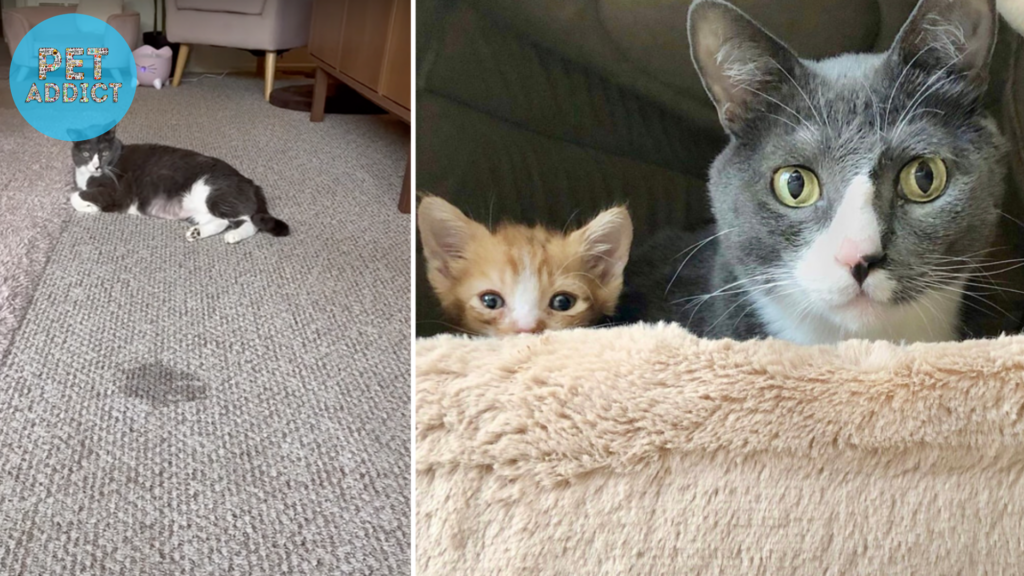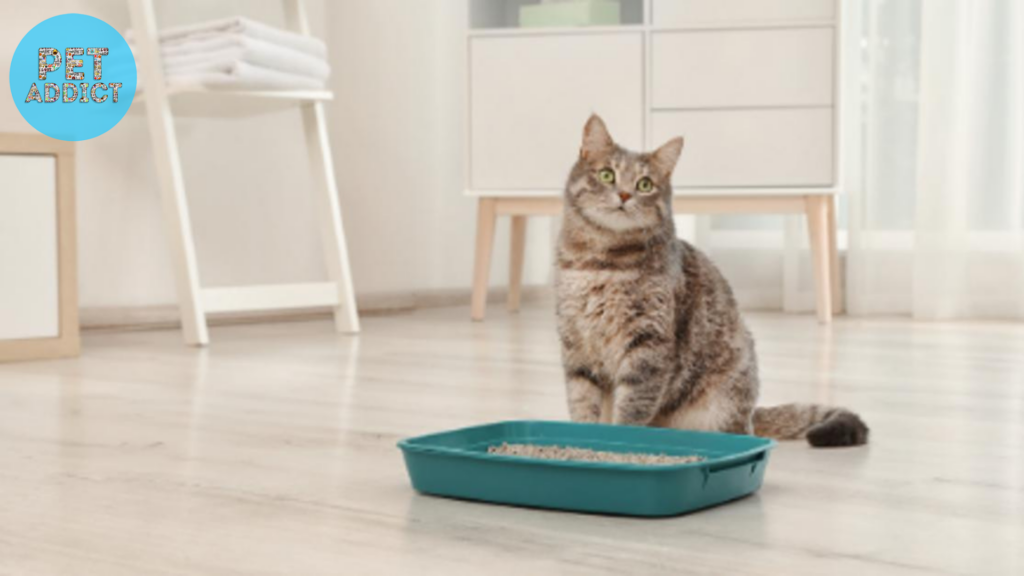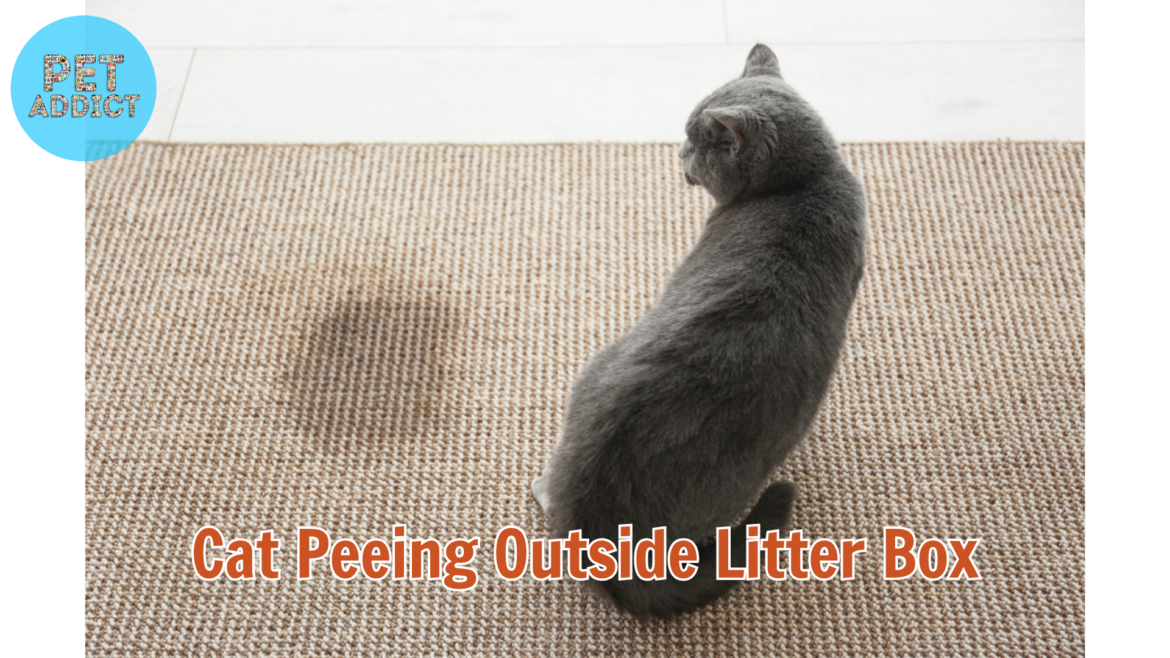Cats are known for their impeccable grooming habits and cleanliness, making them one of the most fastidious pets. However, there are instances when a cat may start urinating outside the litter box, causing frustration and concern for cat owners. This behavior, known as inappropriate elimination, can have various underlying causes and requires careful attention to resolve. In this comprehensive guide, we’ll explore the reasons behind cat peeing outside the litter box, potential solutions, and strategies to prevent this behavior.
PetAddict.net – The best place where you can find everything about your pet!
Understanding Inappropriate Elimination
Inappropriate elimination refers to a cat urinating or defecating outside the designated litter box area. This behavior can be distressing for both the cat and the owner. It’s important to approach this issue with patience and a commitment to uncovering the root cause.
Possible Causes of Inappropriate Elimination

1. Medical Issues
Urinary tract infections, bladder stones, and other medical conditions can cause discomfort while urinating, leading cats to associate the litter box with pain. It’s crucial to rule out medical problems by consulting a veterinarian.
2. Litter Box Issues
The litter box itself might be the source of the problem. Cats are sensitive to changes in litter texture, depth, cleanliness, and box location. An inappropriate litter box setup can deter them from using it.
3. Stress and Anxiety
Cats are creatures of routine, and any disruptions in their environment can lead to stress or anxiety. Factors like a new pet, moving to a new home, changes in routine, or even loud noises can trigger inappropriate elimination.
4. Territory Marking
Unspayed or unneutered cats might engage in territory-marking behavior by urinating outside the litter box to establish their presence. Spaying or neutering can help mitigate this behavior.
5. Behavioral Issues
Behavioral problems, such as aggression between cats in multi-pet households or conflicts with other animals, can cause a cat to avoid the litter box.
Solutions and Strategies

1. Consult a Veterinarian
If your cat starts peeing outside the litter box, the first step is to rule out any medical issues. A thorough veterinary examination can identify underlying health problems that need to be addressed.
2. Address Litter Box Issues
Ensure that the litter box is clean, located in a quiet and accessible area, and contains the type of litter your cat prefers. Providing multiple litter boxes in different areas of the house can also help.
3. Reduce Stressors
If your cat is stressed or anxious, identify and minimize potential stressors. Provide a consistent routine, safe hiding spots, and enriching activities to alleviate anxiety.
4. Use Positive Reinforcement
When your cat uses the litter box correctly, offer praise, treats, or playtime. Positive reinforcement helps reinforce the desired behavior.
5. Behavior Modification
For behavioral issues, consider working with a professional animal behaviorist. They can offer guidance and techniques to address underlying conflicts and modify unwanted behaviors.
Preventing Inappropriate Elimination

1. Regular Veterinary Check-ups
Regular veterinary visits are essential to monitor your cat’s health and catch any medical issues early.
2. Spaying or Neutering
Spaying or neutering your cat can help reduce territory marking behavior and prevent unwanted litters.
3. Provide a Stress-Free Environment
Create an environment that minimizes stress and provides plenty of enrichment, such as interactive toys, scratching posts, and comfortable resting spots.
4. Maintain Litter Box Hygiene
Regularly scoop the litter box, clean it, and change the litter as needed. Cats are more likely to use a clean litter box.
5. Gradual Changes
Introduce any changes in routine or environment gradually to help your cat adjust more comfortably.
Conclusion
Dealing with a cat peeing outside the litter box can be challenging, but with patience, understanding, and a systematic approach, you can address the issue effectively. Identifying and addressing the root cause, whether it’s medical, environmental, or behavioral, is crucial for your cat’s well-being and peace of mind. By providing a stress-free environment, maintaining proper litter box hygiene, and seeking professional guidance if needed, you can work towards resolving the issue and ensuring a harmonious relationship between you and your feline companion.




